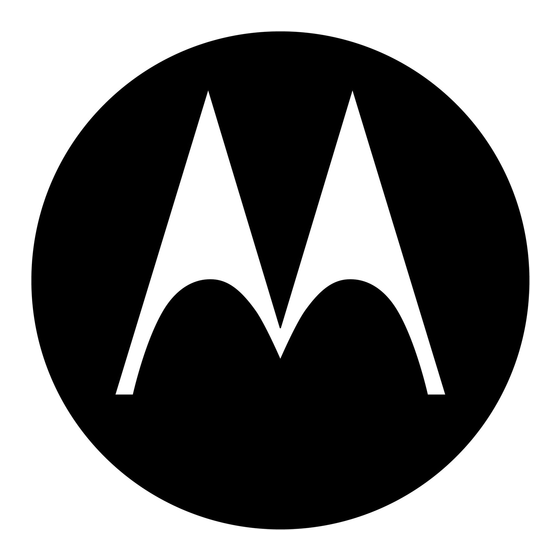- ページ 21
ラジオ Motorola TMR 2のPDF ユーザーマニュアルをオンラインで閲覧またはダウンロードできます。Motorola TMR 2 28 ページ。 Trunked mobile radio

Nickel Cadmium (NiCd)
Among rechargeable batteries, the NiCd remains a popular choice for two
way radio applications and is one of the most rugged rechargeable batteries
available. The NiCd prefers a fast charge to a slow charge. This battery is a
strong, silent worker and hard labor poses no problem BUT it should not
be left in a charger for days or be used only occasionally for brief periods.
A periodic FULL discharge is very important. If this does not occur, large
crystals form on the cell plates, thus decreasing battery capacity and
performance.
NiCd Advantages:
•
Fast and simple charge – even after prolonged storage.
•
High number of charge/discharge cycles – if properly maintained
over 1000 cycles are possible.
•
Allows recharging at low temperatures.
•
Long shelf life in any state of charge.
•
Good low temperature performance.
•
Economically priced.
NiCd Limitations:
•
Develops memory eff ect.
•
Relatively high self-discharge rate during storage.
Nickel-Metal Hydride (NiMH)
The modern NiMH battery off ers up to 40% higher energy density as
compared to the NiCd. Both NiCd and NiMH batteries have high self-
discharge rates. The NiCd loses about 10% of its capacity within the fi rst
24 hours, after which the rate settles to about 10% per month. The self-
discharge rate of the NiMH battery is about one and a half to two times
greater compared to NiCd. This type of battery is widely accepted to be the
interim step to lithium battery technology.
NiMH Advantages:
•
30-40 % higher capacity than a standard NiCd.
•
Less prone to memory eff ect than the NiCd — periodic cycles are
required less often.
19
